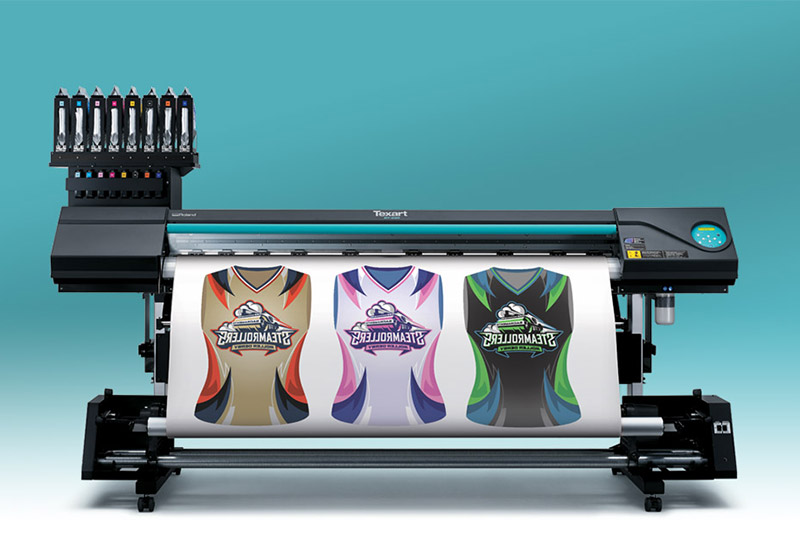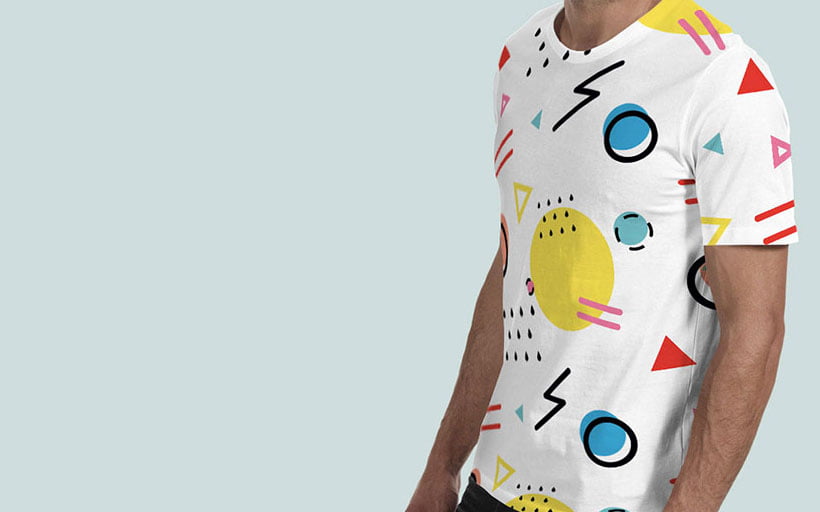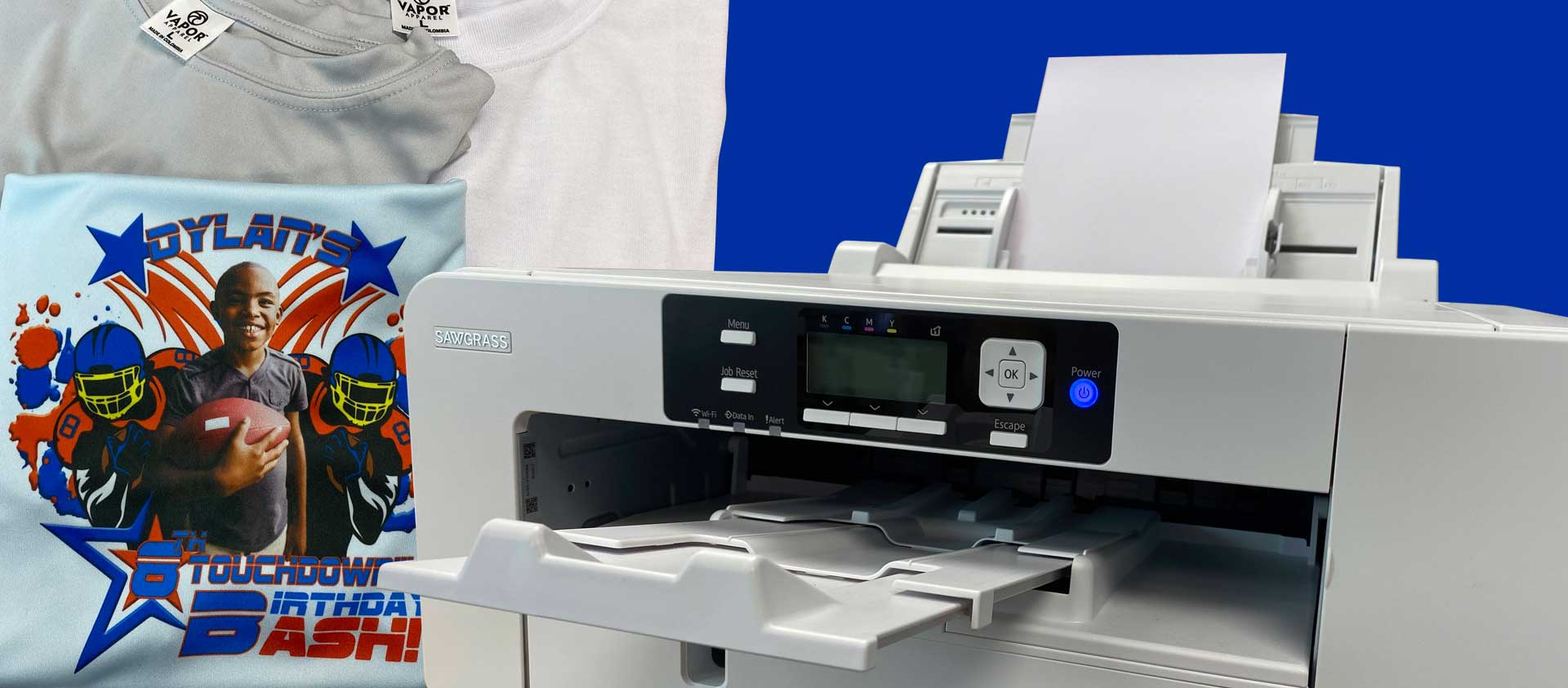The Rise of DTF Printing: Exploring Its Benefits and Applications
The development of Direct to Movie (DTF) printing technology is changing the custom-made apparel sector, supplying notable benefits and a broad selection of applications. As the hunger for custom items continues to increase, comprehending just how DTF printing can satisfy these evolving demands is progressively critical.

Comprehending DTF Printing Modern Technology
Comprehending DTF Printing Technology notes a considerable innovation in the textile printing sector, particularly for its convenience and efficiency. Direct-to-Film (DTF) printing is a cutting-edge process that includes printing layouts onto special transfer movies, which are after that transferred onto material making use of heat and stress. Unlike conventional approaches, DTF printing does not require pre-treatment of the material, enabling a much more structured operations.

When cured, the film is positioned onto the textile, and a warmth press transfers the layout by using consistent warmth and stress. This leads to dynamic, premium prints that adhere seamlessly to various fabric types, consisting of cotton, polyester, and blends (sublimation printing). The innovation's ability to generate detailed and brilliant layouts with very little setup makes it a game-changer in the fabric printing field
Key Advantages of DTF Printing
One of the key advantages of DTF printing is its outstanding flexibility, which allows for high-grade prints on a large range of textile types. This capacity extends past traditional cotton to consist of polyester, nylon, leather, and also blended textiles, making it perfect for varied textile applications. This flexibility decreases the need for several printing technologies, enhancing production procedures and reducing general costs.
An additional significant benefit is the superior print top quality that DTF technology supplies. By employing vibrant, long lasting inks and precise application techniques, DTF prints maintain their color integrity and sharpness even after numerous laundries. This leads to an item that not only looks expert yet additionally stands the test of time, offering consistent value to both end-users and producers.
Moreover, DTF printing uses a streamlined workflow, which can cause increased performance and efficiency. Unlike conventional approaches such as screen printing, DTF does not call for complex configuration or extensive drying times. This convenience of usage makes it an attractive option for services of all dimensions, permitting quicker turnaround times and the capability to take care of small to big manufacturing keeps up marginal inconvenience.
Applications in Customized Clothing
In the realm of custom garments, DTF printing attracts attention as a game-changing technology that makes it possible for manufacturers and developers to generate bespoke garments with unmatched information and top quality. Direct-to-film (DTF) printing has revolutionized the customized fashion industry by supplying adaptability in style, vivid shade reproduction, and sturdiness. This innovative approach permits detailed layouts to be transferred onto a wide selection of materials without endangering the stability of the material.
One substantial application of DTF printing is in developing customized tees, hoodies, and sportswear. The capacity to print intricate graphics with fine details and slopes makes it suitable for customized apparel, such as team attires and promotional goods. DTF printing is particularly helpful for limited-run orders and one-off pieces, giving a cost-efficient and efficient service contrasted to typical screen printing methods (DTF printing).
Furthermore, DTF printing has actually opened up new opportunities for designer to try out special patterns and appearances, making it possible for the development of cutting-edge, progressive collections. This technology also supports local business and independent musicians by minimizing the obstacles to access in the personalized garments market. Inevitably, DTF printing is improving the landscape of custom apparel, merging artistic expression with technological improvement.
Adaptability Throughout Different Products
Structure on the improvements in customized apparel, DTF printing's convenience throughout different products further enhances its allure. Unlike typical printing techniques, DTF (Direct-to-Film) printing can be applied to an extensive array of substrates, consisting of cotton, polyester, blends, leather, and also hard surface areas like wood and glass.
The capacity to print on diverse materials opens up countless possibilities for services across different markets. In the marketing items sector, business can tailor a wide range of things, from tote bags and caps see this to mugs and phone instances, all with the same printing innovation. In the fashion business, DTF printing allows developers to experiment with complex patterns and vivid colors on unique textiles, pushing the boundaries of imagination.
In addition, DTF printing's compatibility with different materials likewise converts to cost-efficiency and reduced waste, as producers can utilize the very same equipment for multiple applications. This convenience not just broadens the scope of product offerings yet also enhances operational effectiveness.
Future Leads of DTF Printing
As the marketplace evolves, the future potential customers of DTF printing are poised to reinvent numerous industries with continuous development and technological innovations. The surge popular for tailored clothing and marketing items is driving the requirement for much more reliable, versatile, and cost-effective printing techniques. DTF printing, with its capability to create high-grade, sturdy prints on a large range of products, stands at the leading edge of this change.
Emerging fads show that DTF printing will significantly incorporate with automation and AI innovations, improving production rate and minimizing labor expenses. Advanced software solutions will certainly additionally enhance layout precision, shade matching, and print consistency, addressing a few of the current limitations. In addition, green inks and recyclable transfer movies are expected to obtain traction, aligning with international sustainability goals.
Industries past textiles are additionally checking out the potential of DTF printing. The modern technology's versatility makes it suitable for applications in home decor, automobile insides, and even clinical gadgets. As r & d initiatives remain to expand, why not look here the range of DTF printing will likely broaden, opening up new methods for industrial and innovative applications. In recap, the future of DTF printing is brilliant, encouraging considerable advancements and wider sector adoption.
Conclusion

Recognizing DTF Printing Technology marks a considerable advancement in the textile printing industry, specifically for its adaptability and effectiveness. Direct-to-Film (DTF) printing is an advanced procedure that includes printing designs onto special transfer films, which are then transferred onto material making use of heat and stress. DTF printing is specifically helpful for limited-run orders and one-off pieces, offering a reliable and cost-effective service compared to standard screen printing approaches.
Unlike traditional printing approaches, DTF (Direct-to-Film) printing can be used to an extensive array of substrates, including cotton, polyester, blends, natural leather, and also tough surface areas like timber and glass.DTF printing technology is transforming the custom apparel sector by giving efficient, affordable, and functional remedies for creating vibrant styles on various fabrics without pre-treatment.
Comments on “Exploring the Benefits of Sublimation Printing for High-Quality Fabrics”